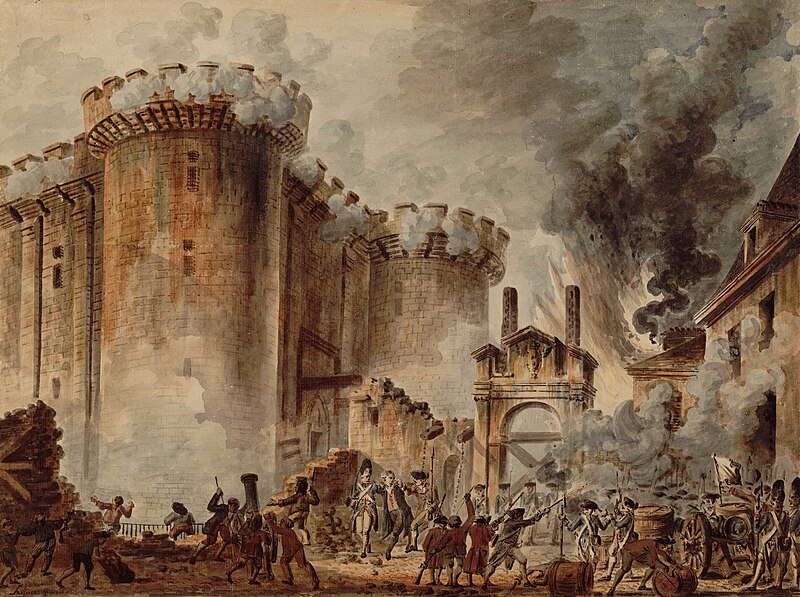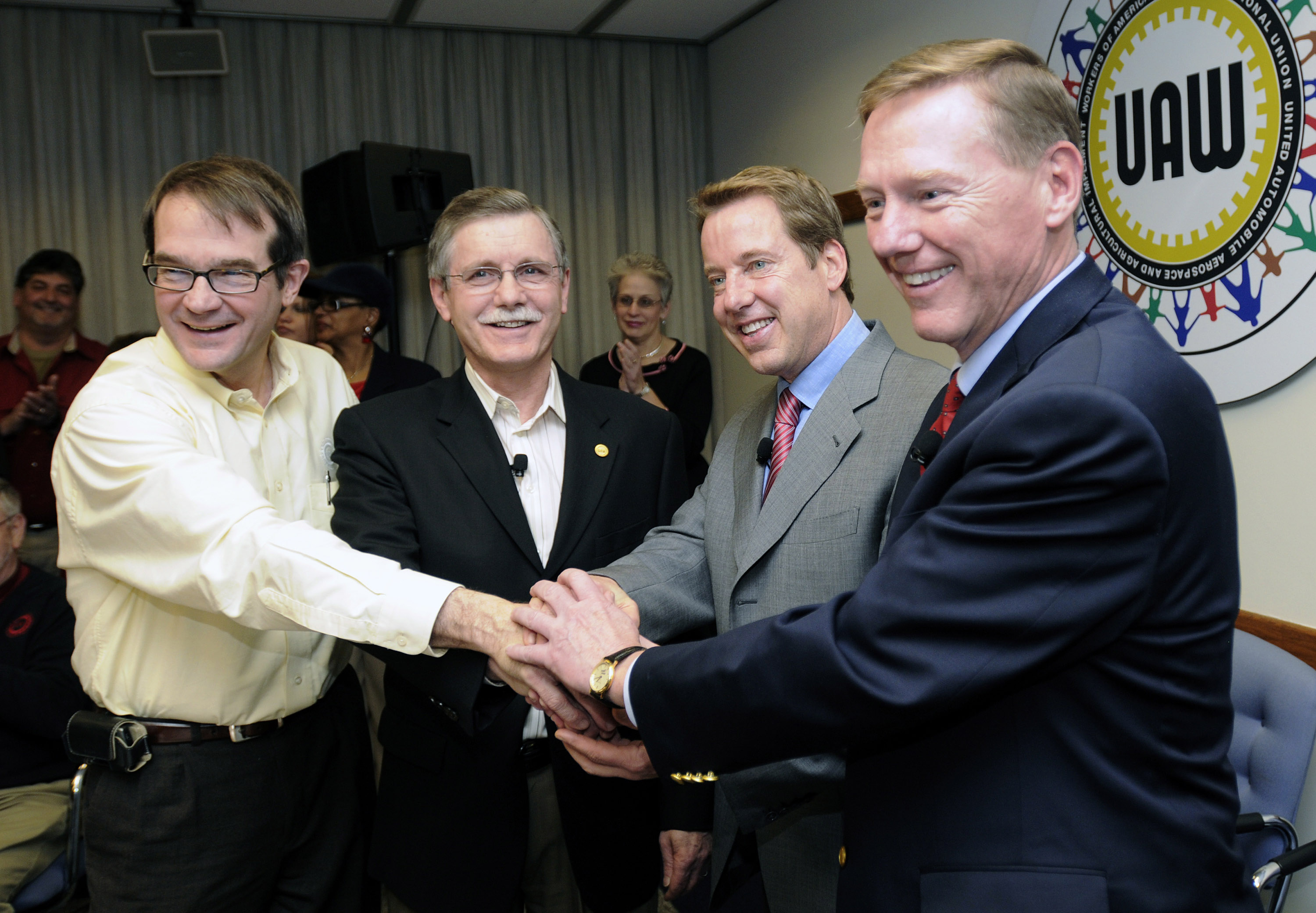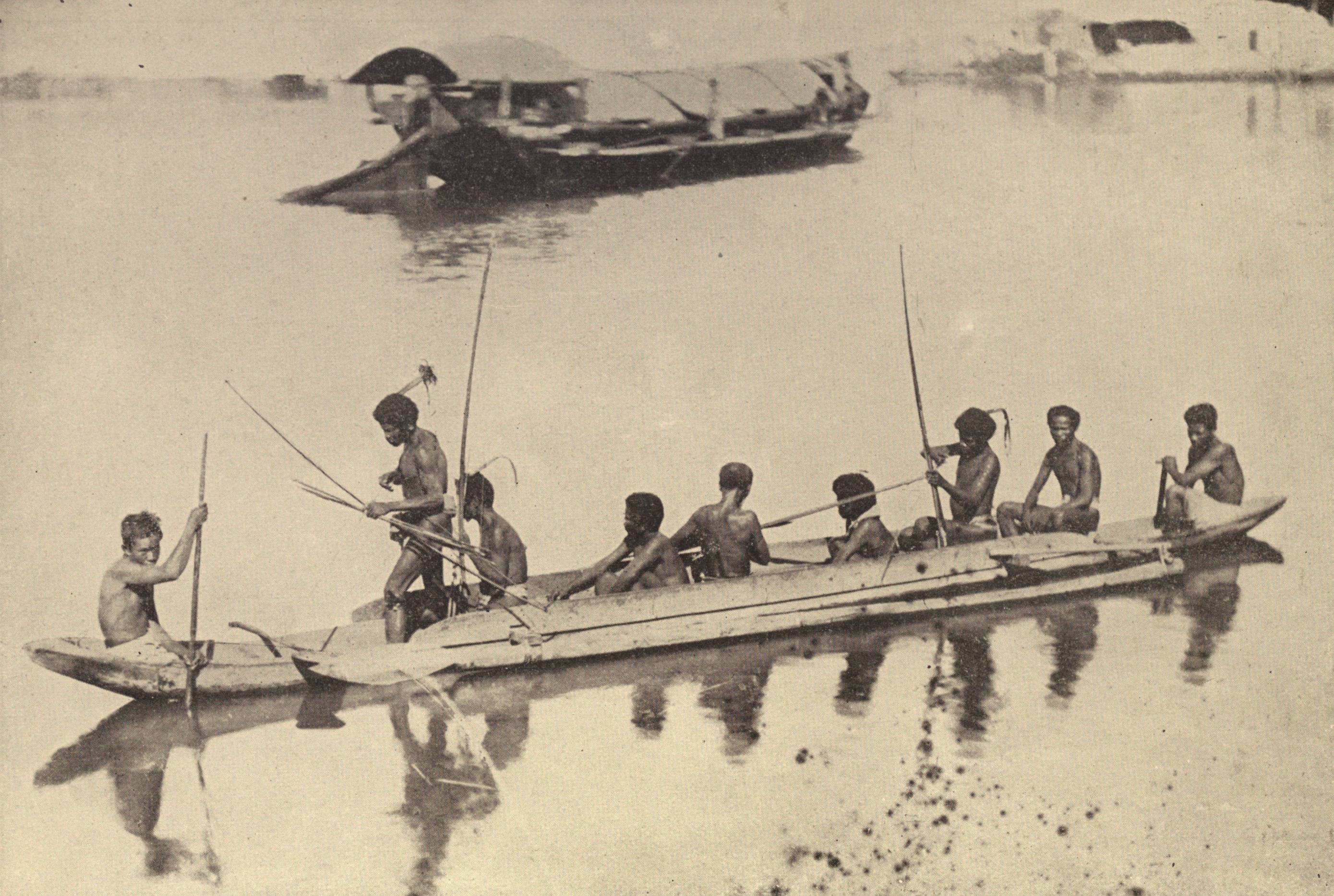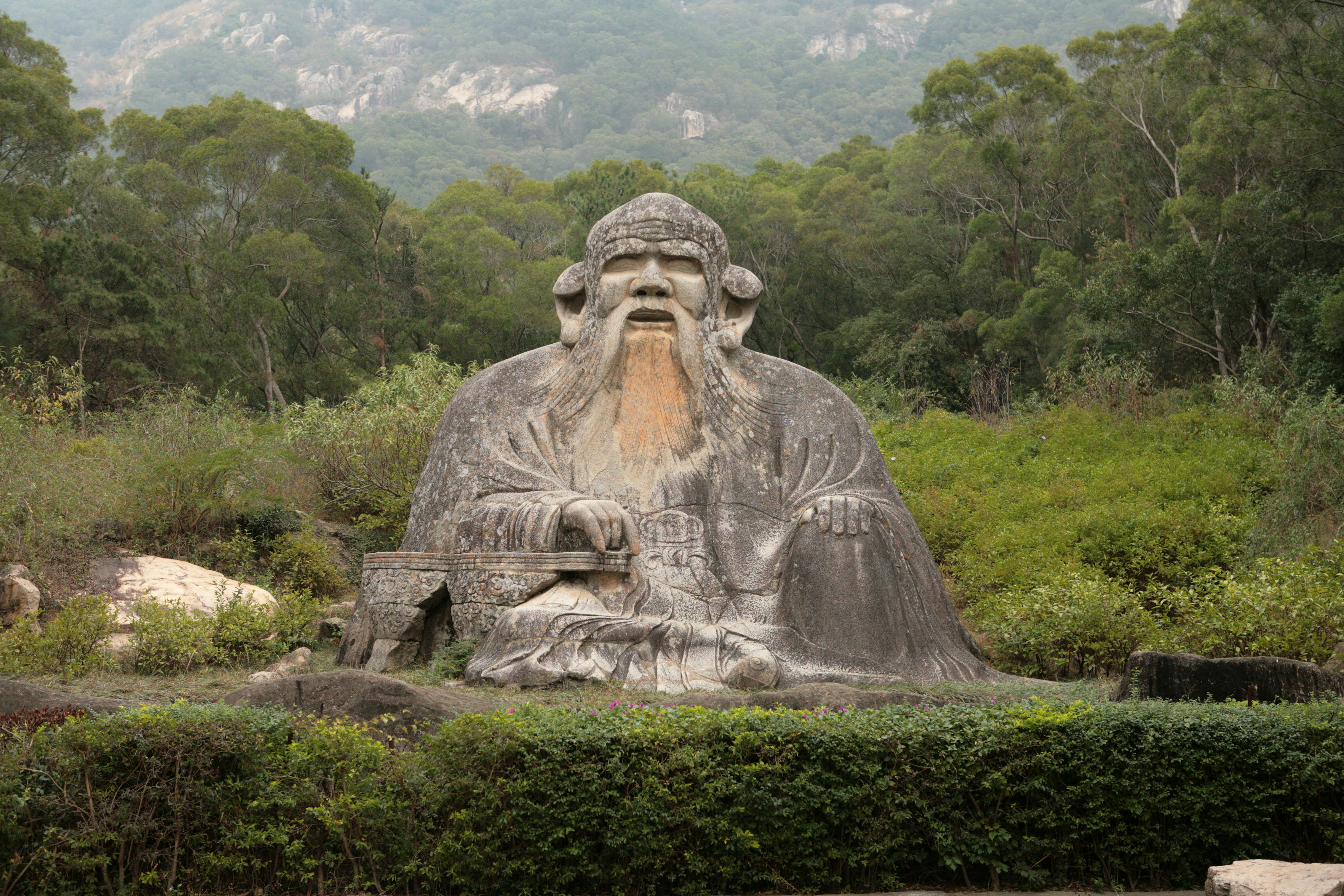Chapter
18 The Genetic Evolution – Cultural
Evolution Analogy

Earth seen from space (Wikimedia
Commons)
What
makes Earth’s biosphere – its living ecosystem – so different from any other
entity we have found in the universe (so far) is the way it tends, overall, to
keep becoming more – more in its mass, in the space it occupies, and in its
complexity – as it moves forward in time. All other entities known to us shred
apart across the time axis. But life on this planet has formed complex entities
that keep weaving in more matter and energy. Living things take bits of dead
matter, plus already existing living fabric, then, using directions coded into their
own parts, they weave these into more of themselves. Carbon, Hydrogen, Oxygen, and
Nitrogen woven on sunlight-powered looms, following directions coded into DNA,
ultimately form one giant garment. Earth’s biosphere.
This
weaving metaphor is an inadequate one, but then so are physicists’ models of
matter. All models used in Science prove limited. Electrons are not tiny balls,
even though that’s how they’re portrayed in high school Science texts.
All the
metaphor is meant to help make clear is that as this entity expands, there are
patterns visible in that expanding. Those patterns can be seen repeating and
also subtly evolving, ceaselessly. It is just logical for us to assume that they
must be guided by some programming embedded somewhere in the fabric.
We have shown
in the life sciences that most of the species in the system get the programming
they use to regulate how each species member maintains its body, how it reproduces,
and how the species as a whole adapts to changes in its surroundings, from
microscopic bits of matter woven into each species member. That is, all that
information is coded into these bits of matter we call “genes”.
Only one
social species, the human, gets even more of the programming it uses for
maintenance, reproduction, and adaptation from memes programmed – via language
– by older members of the species into the brains of the young.
Living
by their cultural codes, i.e. by learned behaviors rather than genetically
coded ones, humans outmanoeuvre all other species on this planet. But we must bear
in mind always that, in the end, societies have to survive in the same universe
run by the same laws as all living things do. Cultural programs must guide us
to deal with gravity, light, entropy, uncertainty, pH ranges, moisture levels, and
so on, just as genetic programs do. Culture enhances genetic codes. It does not
replace genetic codes. And both aim at the same end: survival.
Thus, it
is logical for us to digress on the analogy that can be drawn between the
genetic mode of evolution and the cultural one. This analogy will help to deepen
our understanding of cultural codes, and so of moral realism.
Parallels
between biological evolution and cultural evolution have been noted before, by
the Social Darwinists in particular. But most people today consider the Social
Darwinists’ conclusions disgusting. And rightly so. To put it bluntly, Social
Darwinists argue that rich people are rich because they deserve to be; they are
superior. They deserve to be rich because they know how to run society. They
have both the intelligence and the discipline to keep society stable and to get
things done. In contrast, these rich people claim the workers, who in many
places in the world are still indigent and living in squalor, deserve to live
in misery because they don’t have the intelligence or discipline to run
anything.

"The
storming of the Bastille"
(credit: Jean-Pierre
Houël, via Wikimedia Commons
A few generations ago, some rich Frenchmen lived by this code and found to their sorrow that it contained the seeds of its own destruction. To persuade any who still want to live by that oligarchic code, I offer the harsher lessons of the Russian Revolution. Then come the ones in China, Cuba, Vietnam, etc. And the very near miss in the US in the 1930s. This evidence contains a hard lesson for the nineteenth century-style Social Darwinists all over the world: if you want to live, be nice. Share. Workers have to be paid enough to be able to care for their families. Otherwise, they will revolt. Living in misery, with daily starvation for themselves and their kids, they have nothing left to lose. Social Darwinism, left to its own ways, driven only by markets and their codes, will gradually tend more and more toward this exact picture. For whole societies, chaos, pain, blood, and death. And that description is not overly florid or dramatic. It’s just what the evidence shows.

Victorious North Vietnamese troops capture
Saigon, 1975
(credit: Wikipedia)
Experience in countries all over the world has shown that societies containing more compassion and social justice – unionization of workers, state-funded health care, etc. – can work, and do work, and ordinary folk all over the world today know this. They will not accept exploitation, bare subsistence living, and misery as their necessary parts in society anymore.
The
values code that guides society to its highest levels of efficiency is one that
balances courage with wisdom and freedom with compassion. Leaving love out of
our picture of human society is not just cruel; it’s stupid. As unregulated,
unrestrained capitalism just keeps doing its thing, manoeuvring for greater and
greater profits, the exploitation gets worse and worse until, eventually, it
costs its adherents their heads. Literally. This is becoming clearer and
clearer as we have more and more historical records to study and find patterns
in.

Teamsters’
union members vs. police, Minnesota, 1934
(credit:
Wikimedia Commons)
Now
let’s consider an example that shows how values can find equilibrium in a real democracy.
This example is relevant and useful here because it can be seen as a paradigm
of how sub-cultures of societies in the West, at their best, are guided by
their values as they interact in all areas of their lives, professional and
personal. (In English, we say our actions are informed by our values.)
Workers
and management in Western economies can be thought of as “social species”. A
captain of industry in the West today has times when he despises unions, but he
accepts that if workers are not paid a fair percentage of the company’s
earnings, they will work less and less efficiently. His best workers will leave
his firm to find other jobs. Other workers, fed up, will willfully sabotage the
company. He may find ways of retaliating, but he knows those will simply cause
the cycle to deepen and worsen. If the obstinacy on both sides becomes hardened
enough, violence is inevitable. If those who run the means of production –
farms, mines, factories, etc. – become more incorrigible in their attitudes,
society eventually breaks down into revolution. To prevent such chaos and
preserve his way of life, the smart CEO has ambition/drive/diligence (courage),
but also wisdom. A smart CEO works with, not against, his workers.
Thus, we
have learned, by trial and painful error, to aim for balance. For example,
workers in democracies have rights to safe working conditions and free
collective bargaining via their unions. Smart businesspeople negotiate with
unions, and contracts are arrived at by debate and compromise. In fact, some of
the smartest businesspersons in the West today are those specifically trained
in labour-management negotiations.

union leaders with Ford executives
(contract
signing 2007) (credit: Ford Motor Co., via Wikimedia Commons)
For
their part, most union leaders today know they have to respect a company’s
ability to pay. They ask for reasonable wages and benefits for their members,
but smart union bosses don’t push the employers to the brink of insolvency. To
do so would simply be irrational. Union leaders need courage and wisdom in
balance as well.
Furthermore,
most business leaders in the West have accepted that as long as prices go up,
workers will expect wages to go up accordingly. Ethical business leaders
make businesses more efficient by funding research and by efficient management,
not by union-busting. Attempts at strike breaking are viewed today as signs of
management incompetence. Overall, finding balance between all the parties
trying to get the work done is the key to making the whole economic system of
the nation vigorous.
And
clearly, the system is not random. It does not find a working balance by lucky
chance, nor by one individual's choice. Many parties, guided by their concepts
and values, interact, give a bit, demand a bit in return, and reach agreements
that are viable in the real world. Values drive behavior, and, in turn,
behavior must interface with reality. Values that mirror the forces of the
physical world are the ones that produce working compromises. Companies whose
workers and management strive to balance enthusiasm with judgement (courage and
wisdom) and innovation with respect (freedom and love) produce quality,
sensibly-priced goods and their firms thrive. Those that don't – don't.
Thus, in
the view of cultural evolution, two social species – management and labor –
stay in balance by following their cultural programming.
There
are also some even more nuanced ways of seeing balance in this labor-management
subsystem within our society. One truth is that while most smart business
leaders hope they can achieve a modest settlement with their workers, they also
hold values that make them secretly hope the rest of their society’s workers
will get generous new contracts. That will mean more disposable income in the
economy, money that workers – who, during their time off, are just consumers – can
spend on the smarter company’s goods and services.
The
corollary is that while workers in any company want generous rates of pay in
their new contracts, they don’t want to see too generous pay packets being
handed out in all the contracts signed in all sectors of their society. If
settlements in general are modest, workers know that goods will soon be cheaper
relative to their wages than those goods were just a few months ago.
If they
are honest, most workers will also admit that they want their company to
succeed. Their jobs depend on it. Some of the leaders of their company may seem
unsympathetic and unyielding, but smart workers know that managers who
scrutinize every line in their books, as long as they also know how to adapt to
innovations and to market their goods in creative ways, are the ones the
company needs if it is to stay in business and keep workers employed.
In
short, in the modern business world, smart business people don’t live by Social
Darwinism and smart workers don’t live by Marxism. Democracy in all its sectors
runs by extremely complex interactions, tensions, and balances of all parties
with all their concepts and values functioning vigorously.

A natural
balance: wolves closing in to kill bison
(credit: Doug
Smith, via Wikimedia Commons)
Over time, the wolf pack keeps the bison herd strong, and vice versa. Over time, management and union leaders, tough but smart, keep each other and their whole country economically and socially strong. The negotiating costs emotion, but it’s effect over the long term is to prevent violence. The uplifting thing to notice here is that in democracy, we have learned to find balances almost always by non-violent means. Firms go bankrupt sometimes. Unions cease to exist if some kinds of work are made obsolete by technology. But managers and workers do not have to kill one another to enable cultural evolution to happen. We can live and evolve peacefully under the rule of law.
This
discussion of the ways in which social evolution can be compared to genetic
evolution can be fruitfully pursued even further. Thus, the analogy between
memes and genes is not a metaphor. Meme variation and selection drives cultural
evolution as surely as genetic variation drives other species’ evolution.
Another
comparison between a meme that is found in many cultures and a set of
genetically programmed features in several species of the living world will
deepen our understanding of how cultural evolution works.

Prickly
pear cactus, USA
(credit: mark
byzewski, via Wikimedia Commons)

Cactus
flowers, Jordan (credit: Freedom's Falcon, via Wikimedia Commons)
In Biology, convergence is the term
for the phenomenon seen in species that are separated geographically, but that,
after eons of evolution, are using similar strategies for survival. Desert
plants of widely differing species, in widely separated deserts, have waxy
leaves. They also put off reproducing – maybe, for years – until that rare
desert rain arrives.

Native elder Agnes Pilgrim and grandchild
(credit: José Murilo, via Wikimedia)
Similarly,
nearly all human societies that have made it into the present age – with vastly
disparate cultures and from widespread geographic areas – respect, value, and
heed their elderly. Why? Because in pre-literate tribes, an old person was a
walking encyclopedia of the tribe’s knowledge – of hunts, crops, diseases,
etc.. What the old had stored in their heads could save lives, even save a
whole tribe. Thus, honoring one’s father and mother became a value in tribes
all over the world. Tribes that honored the elders grew and thrived. Ones that
didn’t …didn’t. This evidence demonstrates convergence in the cultural realm.

Indonesian and grandson (Uwe
Aranas, via Wikimedia Commons)
For even
more general reasons, wisdom is a core values in cultures everywhere, so common
that it’s seen as basic to human life. But I’ll stress again that it is not put
into us by our genetics. Respect for wisdom is socially programmed.
The
wisest lion in a pride is not necessarily its alpha leader. That position goes
to the strongest, and the wisest old cat can readily be pushed aside by a
strong young challenger. Humans, in their societies, have learned a better way.
There is
nothing in the genes of the human animal to predict that valuing wisdom will
occur in societies everywhere, as naturally as walking on two feet does.
Bipedal motion arises automatically out of our genetic design. But morés like,
for example, respecting elders don’t. Certain values are found in societies all
over the world because they work; they’ve proven over generations that they
make a human society more likely to survive and flourish. This is convergence
in social evolution. Our societies are analogues of cacti with waxy leaves.

Graphic
of fitness landscape concept (Randy Olson,
Wikimedia Commons)
Other
concepts in Biology also apply in analogous ways. One of the subtlest is
what evolutionary biologists call a fitness landscape, which is the
model from which the concept of cultural convergence derives.1 If
we draw a graph showing how two genetic traits, say size and coloring,
interact to give a size-color survival index for a given species in a given
environment, we can find the place on the graph where the two traits hit the
spot that yields the best survival odds for that species in that
environment.
Next, we
can plot a similar graph for three biological traits of a species in three
dimensions, with an x axis, a y axis, and
a z axis. The resulting picture would show in three dimensions
a theoretical landscape with ridges, peaks and valleys. The peaks indicate
where the best combination of coloring, size, and, let’s say, coat density lie
for that species’ survival in its environment.
Geneticists
speak of fitness landscapes of ten, fifty, and two hundred dimensions as if
what they are talking about is completely clear. No graph of any such landscape
could be pictured by the human mind, but with the mathematical models we have
now, and with computers to do the calculations, geneticists can predict what
niches in an emerging environment will contain which kinds of species and how
long it will take for species in that ecosystem to find balance.
The
concept of a fitness landscape – one that exists only in mathematical space –
can then be applied to the combinations of memes in human cultures,
combinations that produce morés and patterns of behavior in real people’s
lives. The concept of a meme – a basic unit of human thinking – is a tenuous
one, and it is still considered by some social scientists to be unproven and of
uncertain value. (see Dawkins’s “Selfish Genes and Selfish Memes,” in
Hofstadter and Dennett’s The Mind’s I for a basic explanation
of the meme concept.2) But for now, if we take the meme concept as a
given, the thinking enabled by it supports this book's thesis.
We can
construct, in imaginary, mathematical space, a fitness landscape for memes –
for basic concepts, in other words – that humans use to build systems of
beliefs about what the universe is made of and what forces drive and steer the
movements of the things in it, including us, the human, thinking things.
That
fitness landscape, that multi-dimensional graph of the ways of thinking
underlying a culture, will be very similar for all individuals in that culture.
I tend to reason my way to the same patterns of behavior as my parents lived
by. What I mean by words like red and round and sweet and edible is
very close to what other English speakers mean by these terms. So is what I
mean by plum and apple. I recognize the things these words name.
I like fruit. I eat it often.
My ideas
of beauty also roughly coincide with other Canadians’ ideas of beauty. Even our
definitions of abstract terms like good, wise, just,
and democracy roughly coincide. They enable us to communicate, work
in teams, and live in community. Usually. Fairly successfully, in fact. I am a
son of my culture.
Useful
concepts – that is, meme combinations that correspond to peaks on the fitness
landscape – are “found” by the people in a culture over generations of that
culture’s evolution because through trial and error, the concepts prove
effective in physical reality. They enable people who think with them to design
behavior patterns that get good results, and so, to survive and flourish.
No
single culture is ever the only combination of concepts or behavior patterns
that could work in a given environment. People of other cultures could use
their own concepts and morés to survive there. Human societies are varied, tough,
capable, and versatile, similar to the various species in a living ecosystem.
But any
society or tribe that settles in a given ecosystem will come to think with
memes, concepts, and values that enable the tribe to survive. For example,
people can learn to fish with hooks, nets, spears, or baskets, depending on
what materials are available in the region and what technologies are already
familiar to the people. But the odds are very good that if there are lots of
fish in a lake, then any tribe that settles next to it will learn to fish, by
one method or another.

Stilts
fishermen, Sri Lanka (Bernard Gagnon,
Wikimedia Commons)

Traditional
fish trap fishing, Vietnam (Petr Ruzicka, Wikimedia Commons)

Ice
fishing, Canada (credit: mattcatpurple, via Wikimedia Commons)

Bow
fishing, Philippines (James David Givens, Wikimedia Commons)
People
in varied cultures all over the world also establish markets in the middle of
their towns for commercial activities like the selling of fish, and they hire
police to patrol the market to stop thieves. Getting fish out of the water and
into human stomachs is healthy for tribes that learn to catch fish and set up
markets. They get stronger and out-multiply less vigorous neighboring
tribes.
Marketplaces,
policing, and currencies are efficient social constructs because they help
societies that create them to maximize the usefulness of what their citizens
produce; they allow venture capital to form and flow. If the people have no
currency yet, even surplus goods can work as barter capital, to flow, in a
timely way, to where it can do the most good. Fresh fish are a healthy source
of protein. Rotten fish benefit no one’s diet. Hence, marketplaces.
Some
large meme complexes we call values guide us toward forming
institutions that are advantageous for the tribe and especially for the
subgroups that believe most devoutly in those values. Some do not. Values
survive if they enable people who follow them to create behavior patterns that
work, behaviors that feed and shelter more people, and enable them to live and
work together in peace. The tribes that believe and practice these values
survive in greater numbers over the long haul of generations to pass the values
on to their young.

Learning a custom: Maori warrior
hongi-greeting American soldier
(credit: U.S.
Air Force photo/Sgt. Shane A. Cuomo, via Wikimedia Commons)

A
custom: traditional Indian Namaste greeting
(credit: Saptarshi
Biswas, via Wikimedia Commons)
It is
true that many differences between the cultures – the memes, concepts, and
morés of different societies – can be found.
But to
say, as some moral relativists do3, that cultures are
incommensurable – that they can never learn from each other or create
institutions for settling disputes between their tribes, and so get along – is
to abandon humanity to war for all time. Furthermore, that idea – that cultures
are incommensurable – simply isn’t true.

A
greeting custom: American handshake (Pres. Obama greets Pope Francis)
(credit: Tech. Sgt. Robert
Cloys, via Wikimedia Commons)
In the
first place, though there are differences, there are many similarities in our
various cultures. Some of the top peaks in the meme-scapes of all cultures
coincide. Everywhere on earth, people respect and value courage, wisdom, love,
and freedom. Different cultures adhere to moral values, and the patterns of
behavior that they lead to, in varying ways, degrees, and combinations. But the
areas of thinking we have in common far outweigh our differences. As Sting said
in the 1980s, “The Russians love their children too.” (A universal value.)

English poet-musician Sting (Gordon Sumner)
(credit: Helge Øverås, via Wikimedia
Commons)
In the second place, we can learn. We can learn to fish in four ways instead of just one. We can learn to speak several languages. We can learn to restrain violent impulses that cause men to beat women or each other or engage in war. We can learn to imprison rather than execute murderers. We can learn regular exercise and moderate eating habits. People from many tribes, across History, have done these things many times.
In the
third and most important place, we can educate the kids to do better than we do.
They can learn work as a way of life. Push themselves. Train their bodies and
minds. And they can learn to love their neighbors. Every day.
The
values discussed in this book – values that derive from the physical universe
in which we live – point us toward a society that will place ever greater
emphasis on self-discipline, good will, imagination, education, and citizenship.
Balance.
We can
make a society in a state of dynamic equilibrium, capable of responding effectively
to an ever-greater range of challenges, both short and long term. We can become
tougher and smarter, overall, than we are now. Without war.
Then we
can spread our species out to our destiny – the stars. The potential is there;
all it needs in order to be made real is us. Our grand destiny is calling to
each of us now, asking: How much character do you have?
It is
true that when it comes to our values, morés, and patterns of behavior, we tend
to change slowly and grudgingly. But we can change. Thus, we could learn a code
and a mode of cultural evolution that is vigorous, but not militaristic.
Only
certain values, ones derived from our best world view – that is, Science – will
be rational ones to write into that code. To guide humanity to greater health
and vigor in the future. We all must survive in this same physical universe. It
is only reasonable for us to seek out and follow the values that Reason says
will give us the best odds of surviving in that universe over the long haul.
The
courage-wisdom meme complex, along with the behavior patterns it entails, is our
long-term response to entropy; the freedom-love meme complex is our long-term
response to quantum uncertainty. The optimal balance of them all is
called virtue or the Tao. The Way. It is always
shifting. In this nuclear-armed, global-warming era, we must see the shifts and
respond wisely. Or die.

Statue of
Lao Tzu (credit: Tom@HK, via Wikimedia Commons)
The Tao
Te Ching says: “The Tao that can be spoken is not the Tao.” Lao Tsu was telling
his disciples never to feel confident that they had life figured out or feel complacent
about their capacity to handle its challenges. Complacency is the harbinger of
disaster. The way of all ways, the Tao, is always shifting. To live as
individuals, but far more importantly as nations, we must stay alert,
resourceful, nimble, and sharp while remaining true to our largest values, the
ones that we can see match reality. A fine balance. Grace. The Tao.
Our most
general basic values are not tied to how we fish or cut our hair or talk or
dress or make bread. They are far more pervasive and general than that. But
they are found in all cultures in varying degrees, combinations, and styles
because they work. They are our tested, tried, and true best guides to where
the shifting path of long-term survival lies. Our basic values will apply even
on a planet to which we must bring our water because the planet is so dry.
So what do all these analogies between the biological and cultural modes of evolution tell us? Non-human species are programmed mostly by their genes to behave in ways that are well-suited to life in their environments. Species adjust to changes in their environments, mostly, by testing variations of their gene codes in the physical world and keeping the variations that work. Evolution.
Human
tribes, on the other hand, survive and adapt almost entirely by cultural
variation and testing. This chapter’s analogy between genetic evolution and
cultural evolution helps us to understand cultural evolution more deeply
because the cultural mode mirrors the genetic one in so many ways.
And to close this chapter, I need also to underline
the most important way in which memes can be compared to genes and social
species to biological species.
A society is an ecosystem. It can contain
millions of individuals and hundreds of “social species”, all of which
sometimes cooperate and sometimes compete, and switch from one role to the
other even with the same neighbors, as evolution advances. Entrepreneurs.
Professional doctors, lawyers, and engineers. Artists. Farmers. Tradesmen.
Academics. Soldiers. These and many others can be seen as “species” within the social
ecosystem. To those who seek a single, prescriptive set of beliefs and morés
for all members of their tribe to live by, I will repeat that such thinking is,
in the first place, a vestige of tribalism that we can no longer tolerate. In
the past, it set tribe against tribe. Out of the wars that ensued, yes, our
species got stronger. But today, either that way is done or we are. Our weapons
have gotten too big, our climate problems, planet-threatening. Either, we take
over our own evolution – rationally – or we die. It’s that simple.
In the second place, such thinking just is not
consistent with what we know from Biology about how ecosystems work. A society,
like any living ecosystem, to stay healthy, does better and better the more
diversity it contains. Then, it can adjust its internal balances and
interactions in many different ways, adapt to changes in its environment, and
still remain stable and vigorous. As biodiversity is good for an ecosystem, cultural
diversity is good for a human society, as long as citizens do not let themselves
fall into mutually hostile factions. Which means, as long as they love each
other, they will discover or devise ways to make their social ecosystem work.
This is the purpose for which our species evolved the intelligence we now have.
We are designed by evolution to take over managing evolution: the evolution of
our species, our fellow species, and the biosphere of Earth. Then, to carry
this incredible miracle to the stars.
Tolerance and diversity are the most telling hallmarks
of freedom. Therefore, at least some daily anxiety comes with the human
condition, especially as it is experienced in the most vigorous of societies –
namely democracies. We are genetically hard-wired to feel nervous when we encounter
other humans who look, talk, and act different from the ways we grew up with.
That is why war comes so easily to us.
But Reason is the gift of our more recent evolution,
and it tells us that evidence shows
socio-diversity is good for us in the long haul. So? Get used to it. Your
neighbor’s ways that you find strange serve a higher purpose: in this real,
physical world, those ways may one day save your life.
Notes
1. “Convergent
Evolution,” Wikipedia, the Free Encyclopedia. Accessed April
30, 2015.http://en.wikipedia.org/wiki/Convergent_evolution.
2.
Richard Dawkins, “Selfish Genes and Selfish Memes,” in Douglas R. Hofstadter
and Daniel C. Dennett, The Mind’s I: Fantasies and Reflections on Self
and Soul (New York, NY: Basic Books, 1981), pp. 123–144.
3.
Alasdair MacIntyre, After Virtue (London, UK: Bloomsbury
Academic, 2013), p. 78.
No comments:
Post a Comment
What are your thoughts now? Comment and I will reply. I promise.